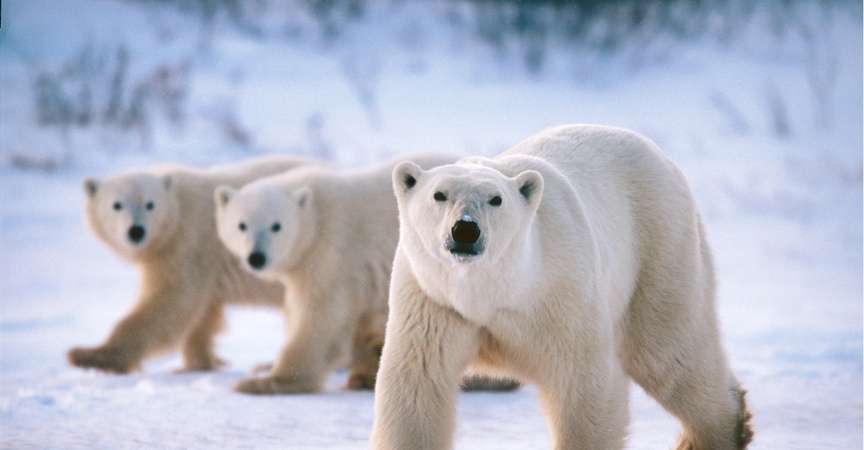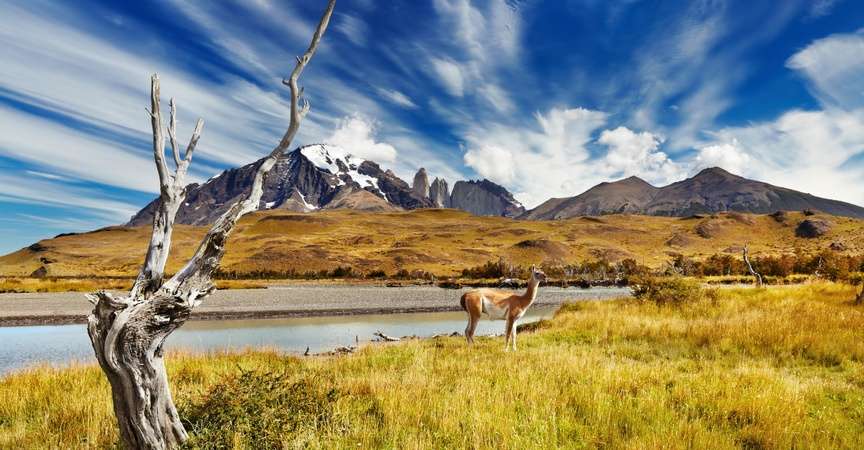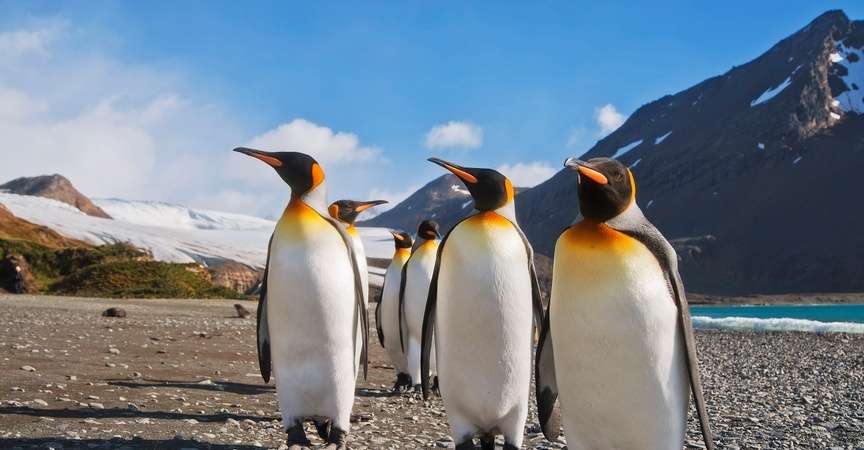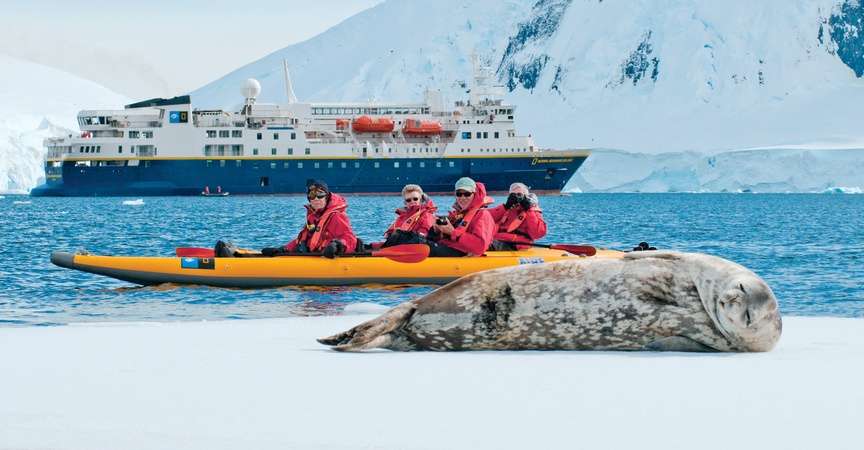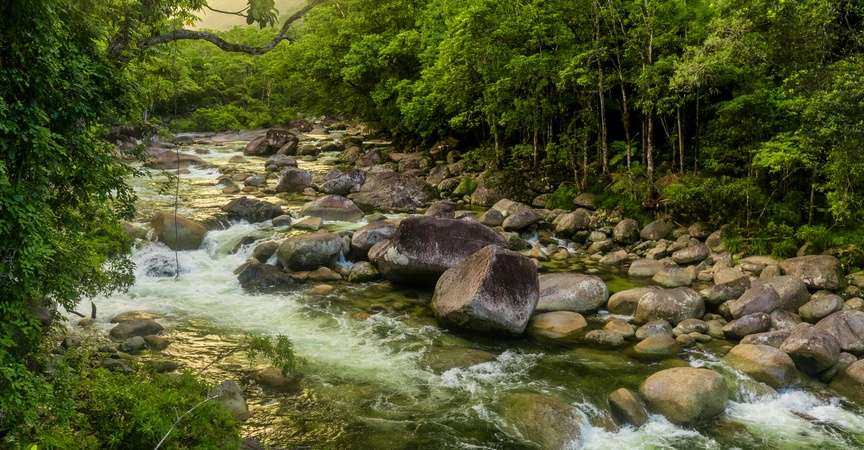Conservation | Baja Wildlife Guide
HUMAN EXPLOITATION
Due to their tendency to roam close to shore, gray whales were hunted for sustenance by coastal indigenous nations in the Pacific Northwest, the Arctic and Chukotka. There is little evidence that native people in California and Baja California hunted whales, yet beached whales provided an occasional food source. Spanish colonization and Jesuit missionaries in the late 17th century had little impact on the number of gray whales. These colonies did, however, document their observations of the gray whale population in Baja California, which alerted American and European whalers to a profitable enterprise. Before their exploitation, the gray whale population is estimated to have compromised 15,000 to 24,000 individuals.The commercial fishing of gray whales in the 19th and early 20th centuries led to depleted populations. After the discovery of their traditional migration paths and breeding lagoons, it became easy to target gray whales and harvest them for profit. About 3,200 gray whales were slaughtered in Baja California between 1846 and 1874; many of these were mothers with their calves who were nursing in the lagoons, primarily Magdalena Bay. The San Diego Bay was another site brimming with breeding whales, and navigation was considered dangerous at times. In the 1850s, San Diego set up processing stations along the shoreline. Whalers decreased their hunts in the 1870s, as gray whale populations were severely reduced and demand for their oil declined.
In the early 20th century, Norwegians developed new commercial practices for harvesting gray whales in pelagic, open-ocean zones. This led to another round of whaling, and in 1913, Norwegians set up a floating factory in Magdalena Bay, and four whalers were granted licenses by the Mexican government. During the peak whaling years of 1925 to 1929, 179 gray whales were killed in Baja California. Foreigner enterprises continued to profit off gray whale hunts in Mexican waters until 1935, when populations plummeted, the oil market collapsed, and whalers went bankrupt. Commercial industries shifted their focus to Antarctic whaling, abandoning gray whale hunts in Mexico.
CONSERVATION
Gray whales were granted protection from commercial hunting under the League of Nations in 1937 and the International Whaling Commission in 1946. In 1994, after 57 years of protected status, gray whales were removed from the Endangered Species List; their populations recovered enough to mark them as a species of least concern. A quota of 140 gray whales may be hunted each year by indigenous communities in Washington state and Chukotka, Russia.It is illegal for vessels to come within 100 yards of a gray whale in the United States under the Marine Mammal Protection Act, and it is crucial for tourism agencies to abide by these laws so that breeding and feeding grounds remain undisturbed. Industrial developments near these grounds and migration paths may pose the most significant threat to the future of the gray whale.
FORMAL PROTECTION IN MEXICO
Mexico began protecting crucial gray whale habitat when it created a whale sanctuary in Ojo de Liebre Lagoon, Baja California Sur, which was then expanded to include Manuela Lagoon and Guerrero Negro Lagoon. Presidential decrees established a whale sanctuary in nearby San Ignacio and reserves for migratory seabirds and wildlife in both these areas. In 1988, Mexico’s largest wildlife refuge, El Vizcaíno Biosphere Reserve, was established. This UNESCO World Heritage site encompasses the coastal lagoons of San Ignacio and Ojo de Liebre. In 1983 and 1991 legislation was passed that banned the physical harassment, capture and killing of gray whales.Header Credit: Melissa Scott








